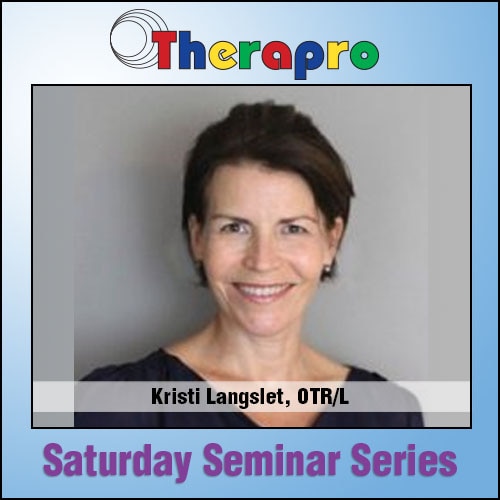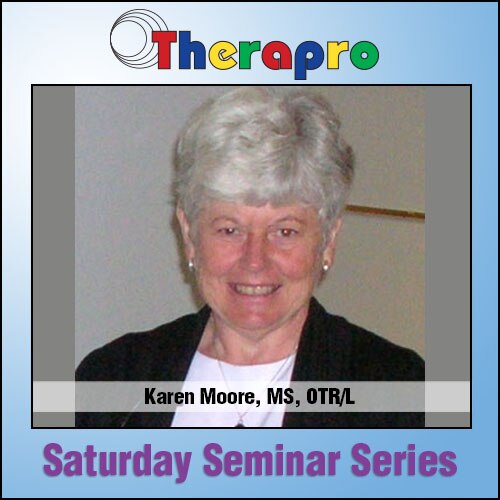The holiday season is upon us and with that comes many associated sensory experiences. These can be pleasant, like the sound of bells ringing, the smell of cookies baking, or the sight of lights twinkling. They can also be a bit less pleasant, like the push of crowds, the honking horns of inpatient drivers stuck in holiday traffic, or the burning smell of a holiday meal mishap (oops!). For those with difficulty processing sensory stimuli, these added sensory experiences can be overwhelming and take the pleasure out of the holiday experience. Read on for tips and tricks to help with holiday overstimulation!
 Retreat Spaces
Retreat Spaces
Total elimination of sensory stimuli is nearly impossible, but offering a space with dampened sensory stimuli, to retreat to when needed, can help with overall regulation through the day. These spaces can often be created with minimal equipment and little space. For more information on retreat spaces, be sure to read our post, How to Help the Over Responsive Sensory System. On the go, items like noise-blocking headphones, sunglasses, and wide-brimmed hats can help limit extraneous stimuli.
 Keep Your ‘(Sensory) Tools’ Handy!
Keep Your ‘(Sensory) Tools’ Handy!
When looking to calm an over responsive sensory system the top tools to keep in your ‘sensory toolbox’ are ones that have weight or resistive qualities. These features are helpful for providing deep pressure input to organize and regulate an over-stimulated sensory system. Keeping a tight fighting hat, heavy quilt or a weighted lap pad in the car can help organize the sensory systems between holiday visits. Pack some gum or a water bottle; chewing and resistive sucking are great ways to provide organizing proprioceptive input. A simple swap like using a straw or water bottle at the holiday table can be a game changer for the over responsive sensory system! Check out Therapro’s Free Tap Into Tools for the Body Handy Guide for more ideas!
 Make A Schedule!
Make A Schedule!
Schedules give the opportunity to be proactive and to prepare for upcoming sensory experiences. This is especially useful for those with an over responsive sensory system because it allows for the needed time to access and utilize coping strategies (like packing those handy weighted lap pads!). Schedules can also be helpful in identifying when too many over stimulated experiences are grouped together without needed “down time” in between. Hand held electronic devices offer many ready to use scheduling options, for non screen options check out SchKIDules!
Quiet spaces, sensory tools, and sticking to routines are useful strategies for helping an over responsive sensory system and may be the difference between a stressful and a stressless holiday!


 Karen Moore, OTR/L presented a superb seminar on Saturday entitled:
Karen Moore, OTR/L presented a superb seminar on Saturday entitled: 